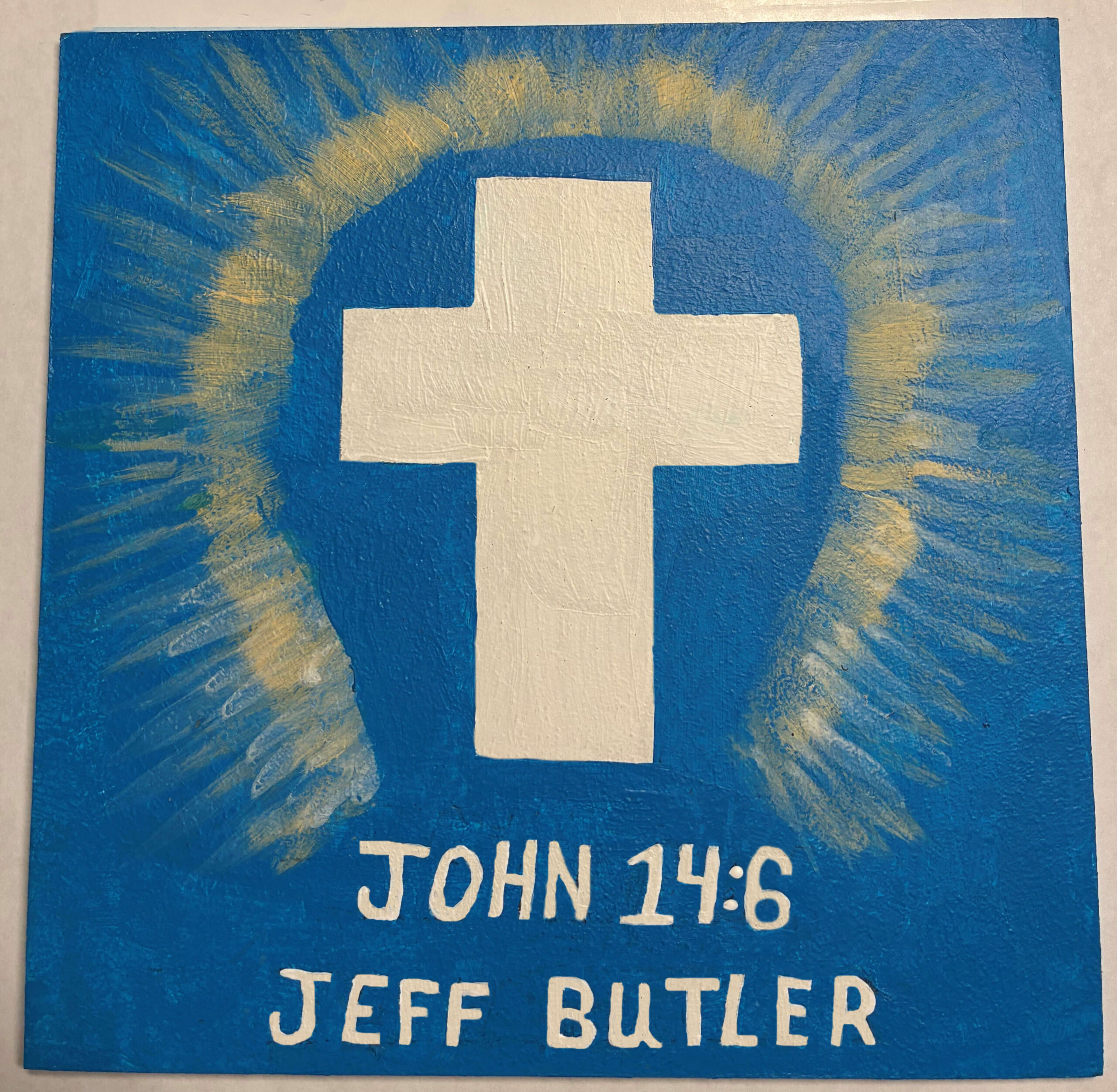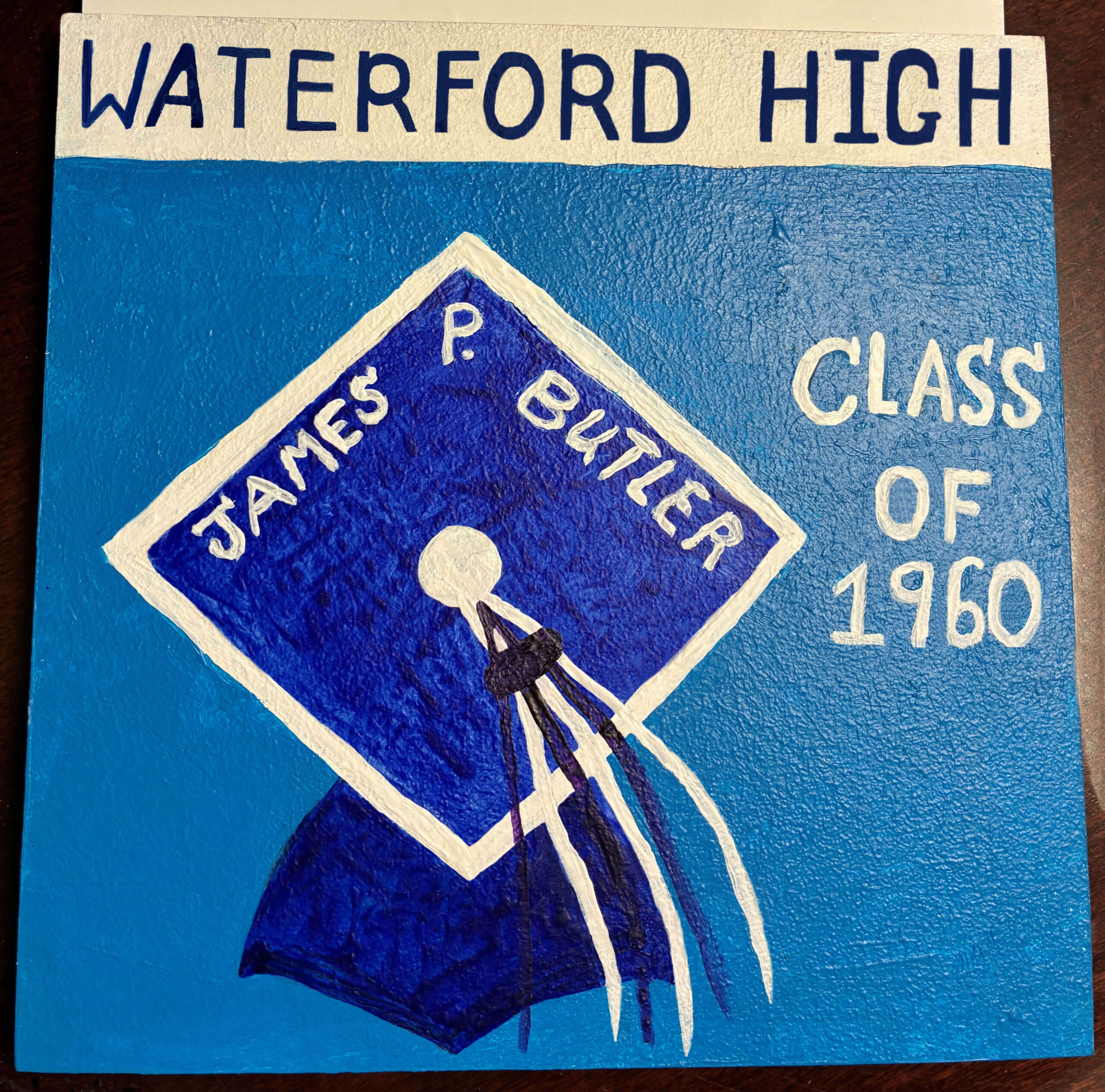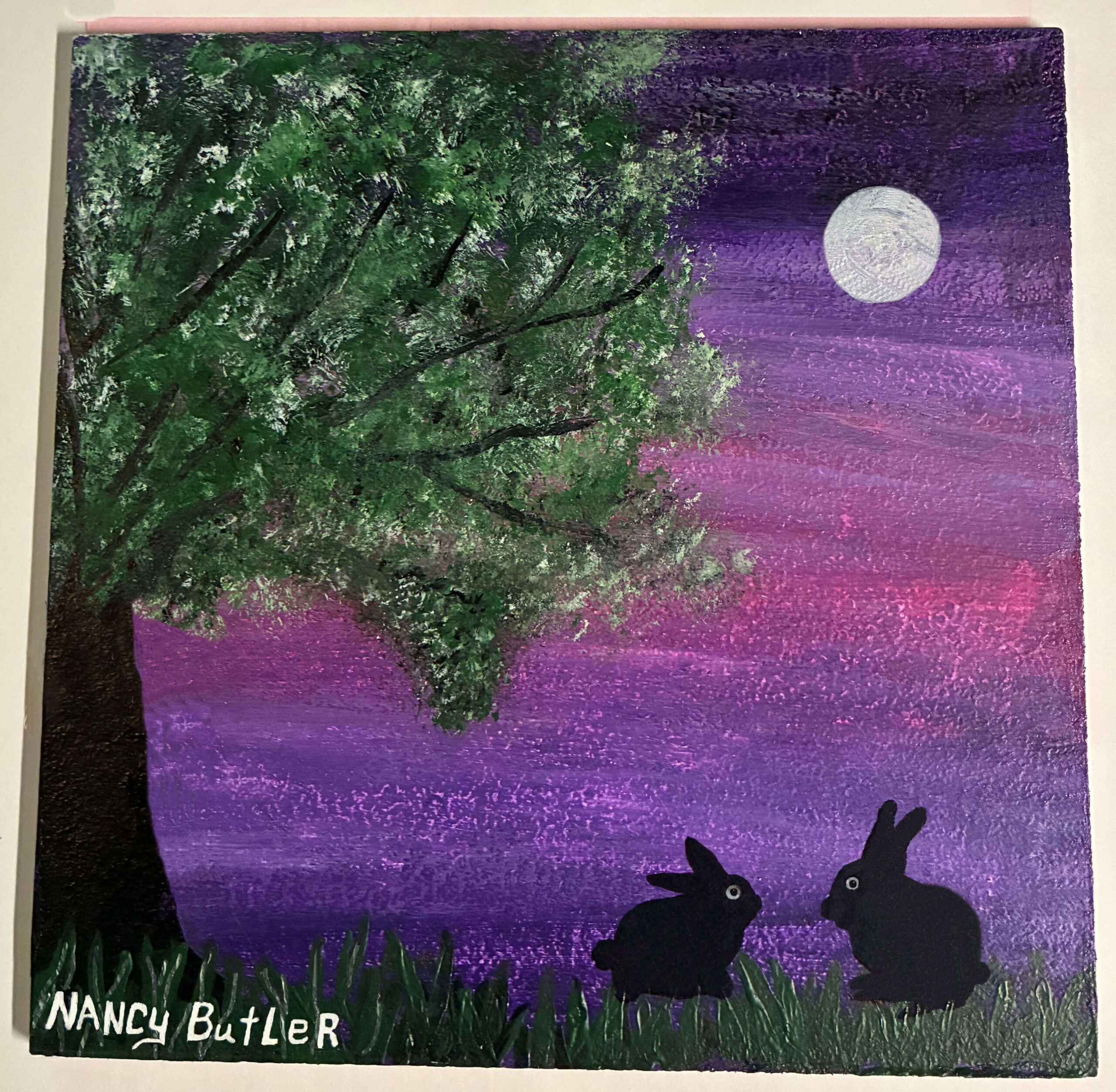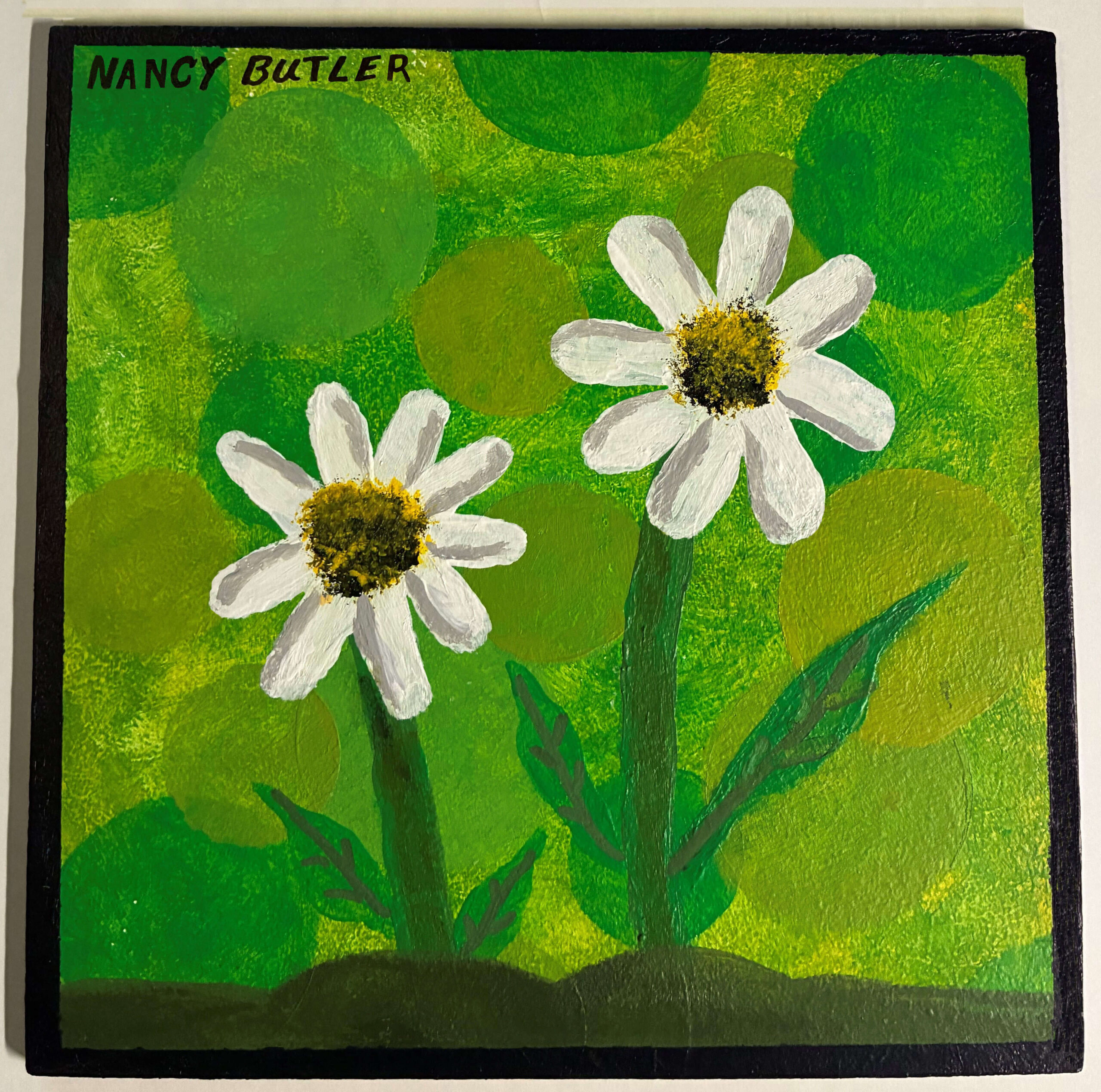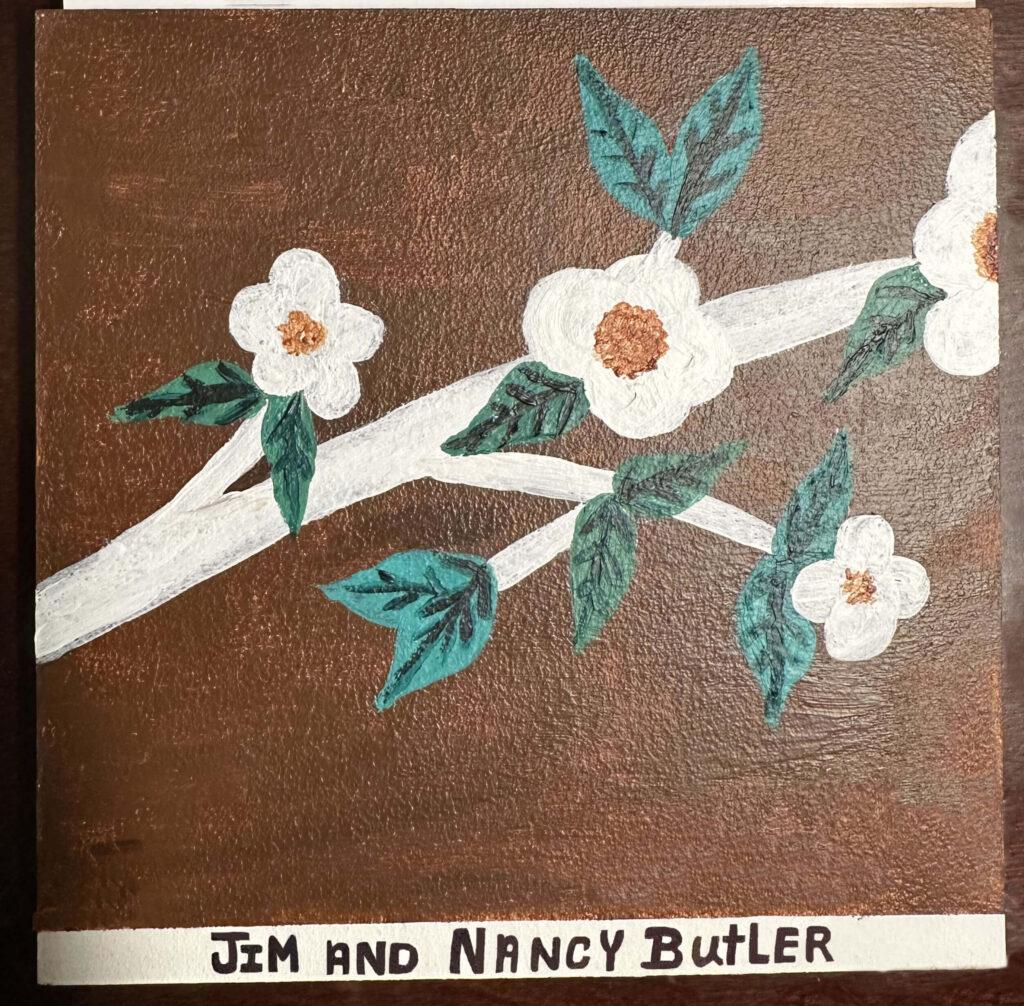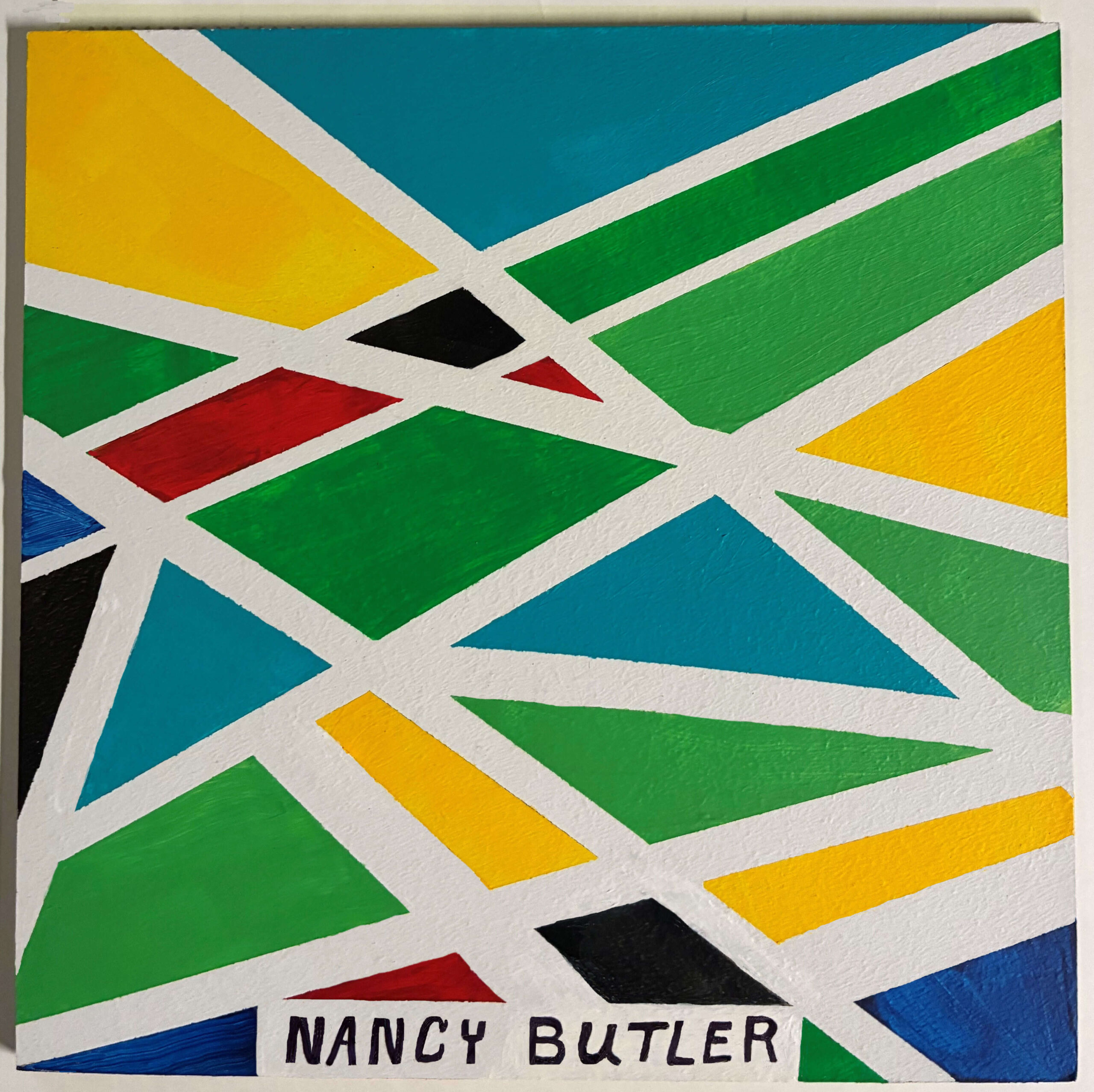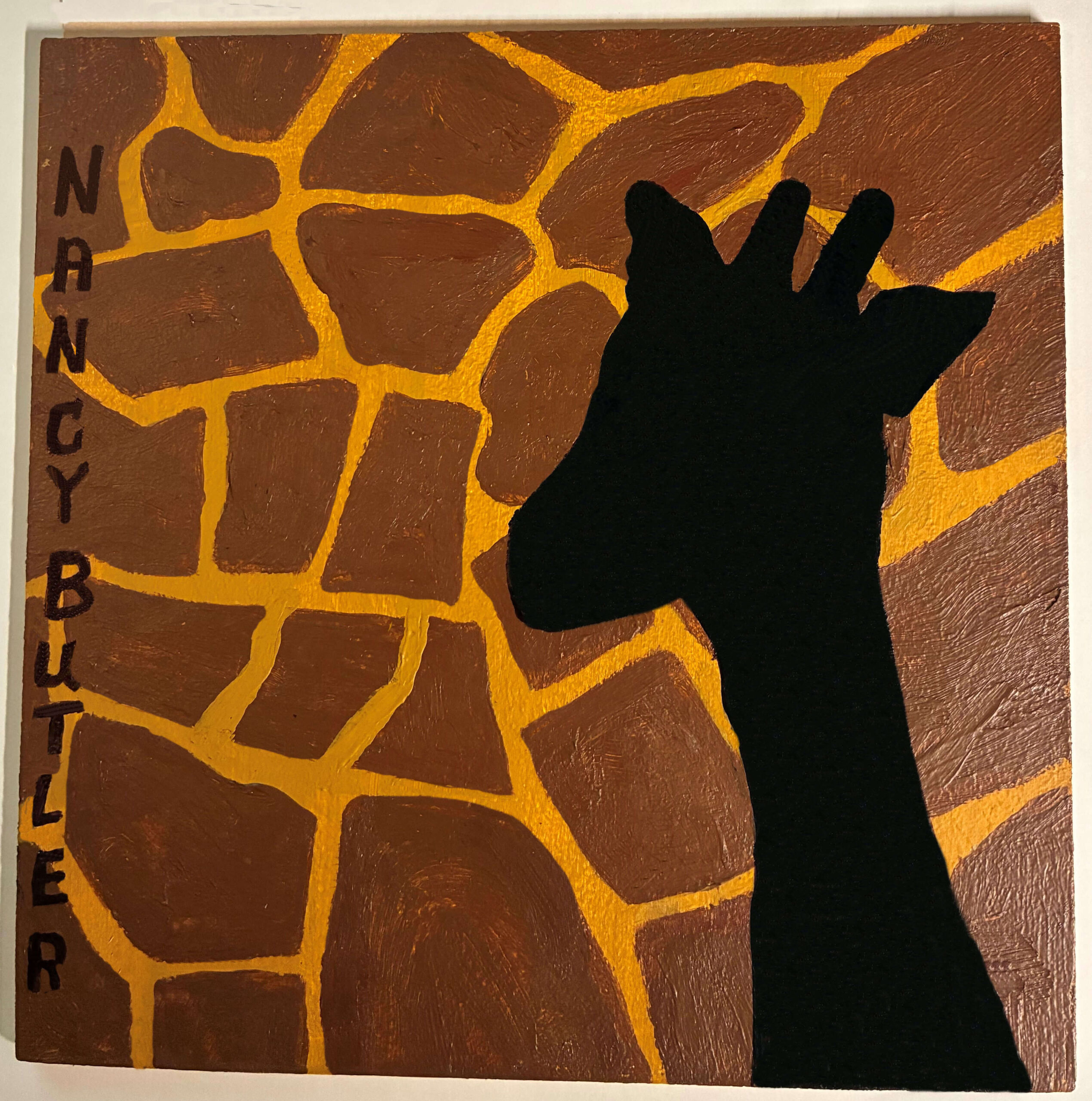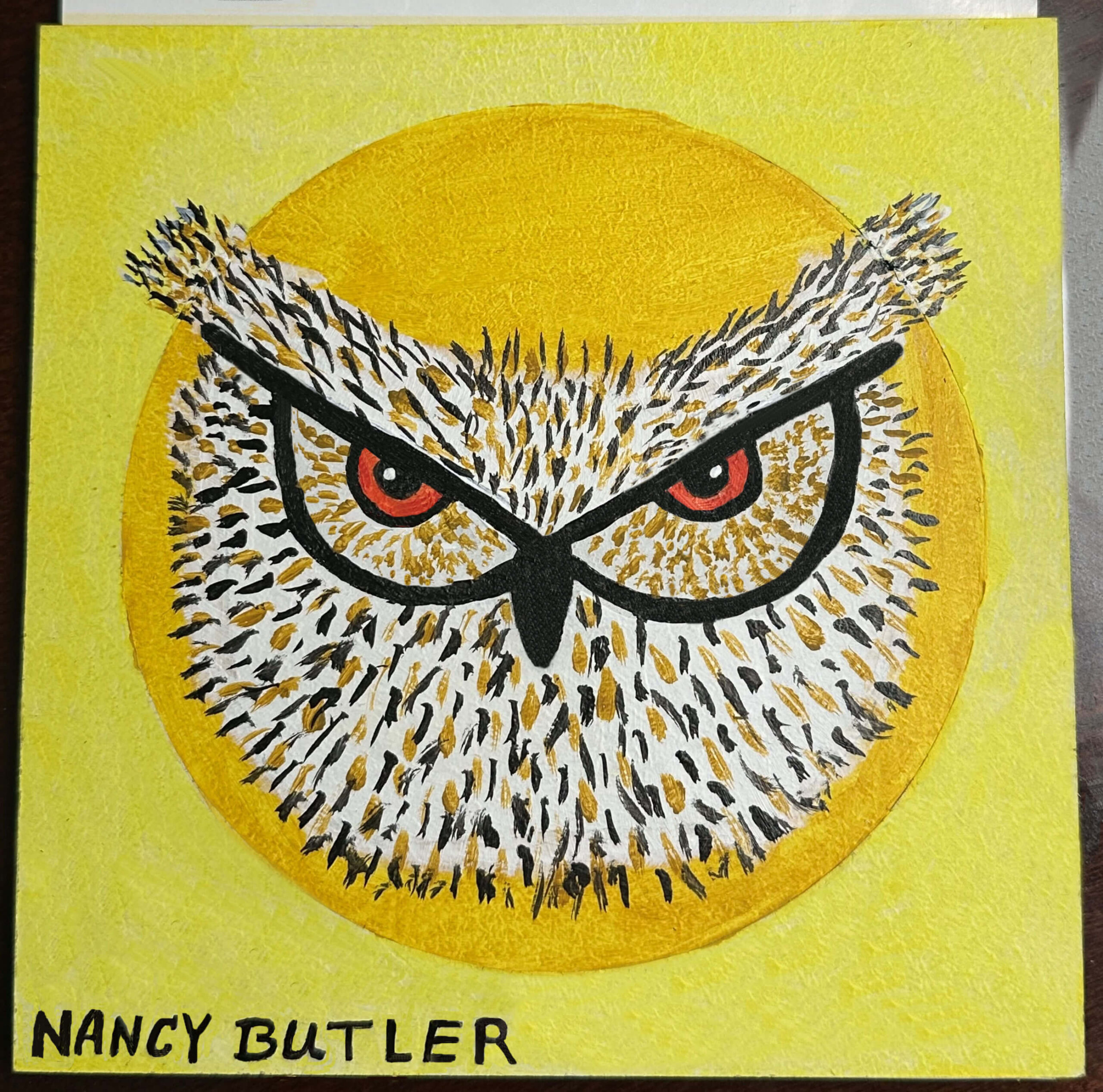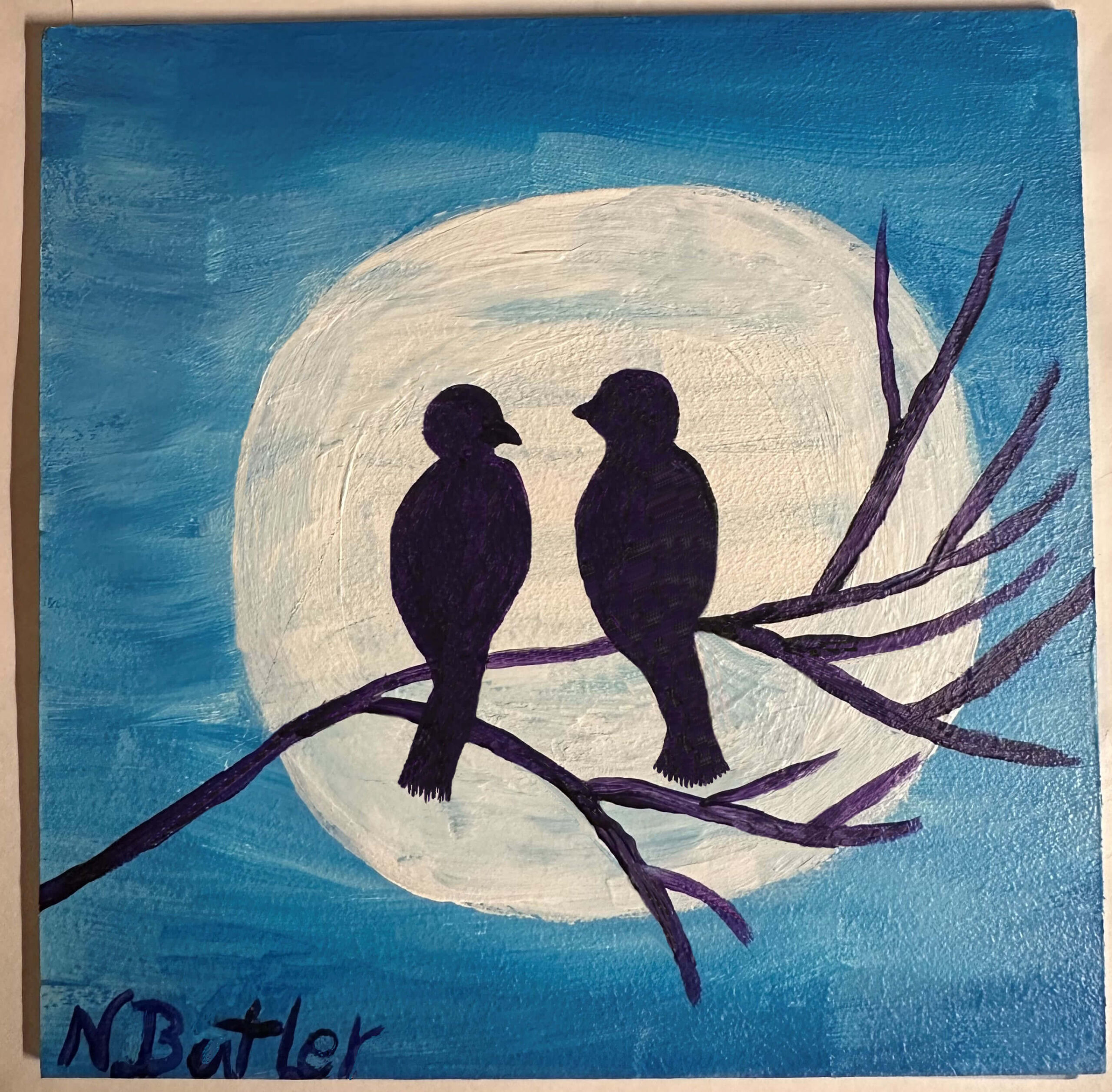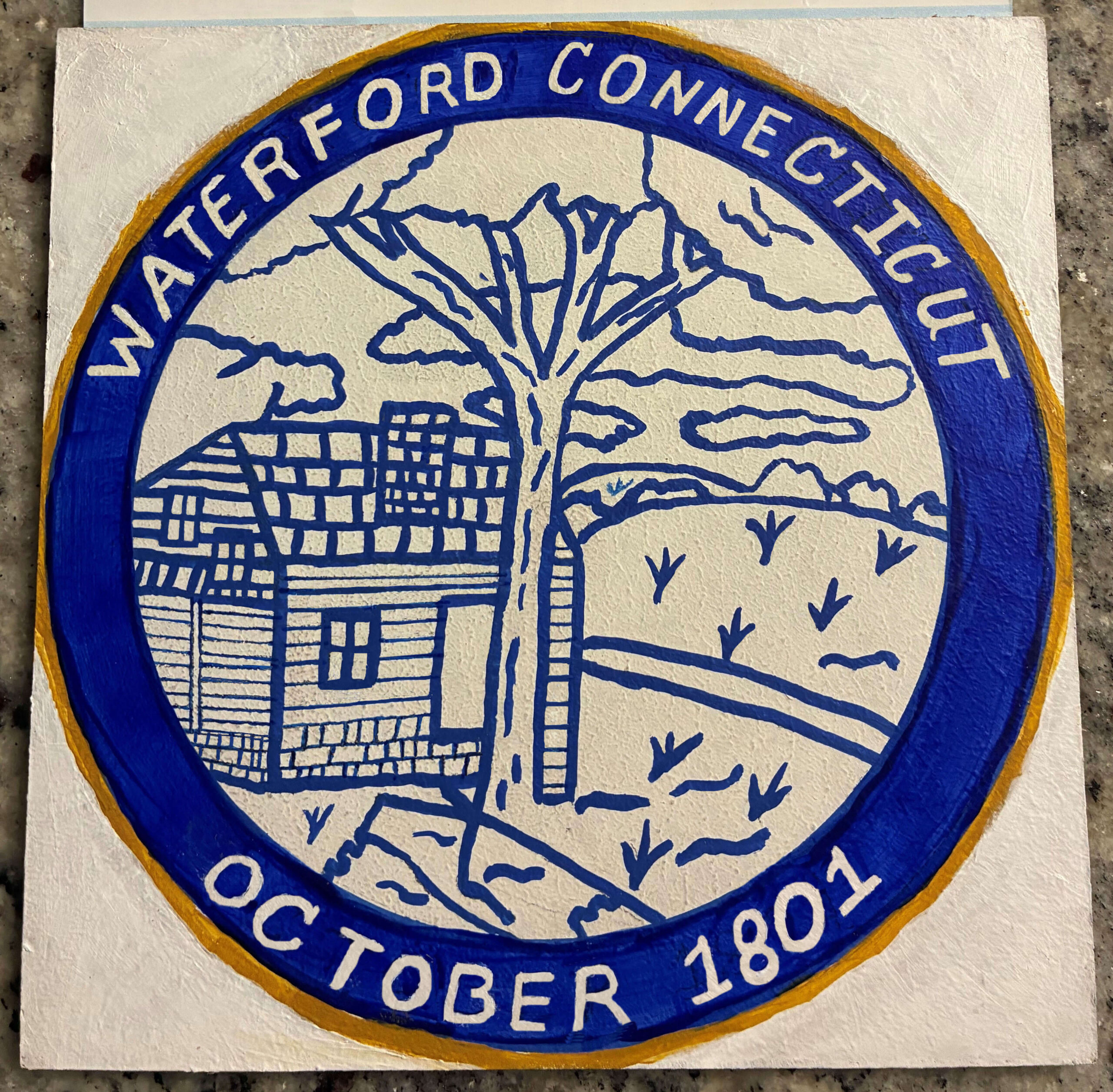
The Tree of Hope began as a vision from Nancy D. Butler—an idea to create not just a work of art, but a powerful symbol of healing, resilience, and unity. Nancy brought the concept to the Chief Executive Officer and Directors of Safe Futures. She offered to lead the project from beginning to end and personally fund a large portion of the cost, ensuring survivors and community members alike could take part. The leadership team immediately embraced the idea, and together, The Tree of Hope project was born.
To help bring the vision to life, a committee was formed. The next step was to invite the community to create a one-of-a-kind mosaic mural—The Tree of Hope—an eight-foot-by-eight-foot masterpiece made of nearly 500 individually painted tiles. Painting sessions quickly became community celebrations, hosted in diverse locations including libraries, police departments, a church, the YMCA, a synagogue, a summer kids’ camp, a senior center, a Rotary club, a restaurant, private homes, local businesses, town offices, and more. The response was overwhelming. Survivors painted alongside neighbors, coworkers, family, and friends, while strangers became united by a common purpose: to support those rebuilding their lives.
No artistic skill was needed—just a willingness to contribute a piece of yourself. Each participant kept their original artwork as a keepsake, while their design was digitally captured and forever preserved as part of the mural. Through community donations, 100 survivors of abuse of all ages were able to paint tiles at no cost, giving them not only a chance to express themselves creatively but also a moment of joy, healing, and empowerment. Each tile represents a unique voice and a personal story, but together they form a powerful image of growth, strength, and hope.
Nancy attended most of the events, managed the entire project and committee meetings, tracked, organized, and uploaded all completed tiles. Soon, The Tree of Hope will stand as the centerpiece of the new Center for Safe Futures. It is much more than a mural—it is a symbol of resilience for survivors, a tribute to those still on their journey, and a beacon of unity for the entire community. For all who enter, it serves as a vibrant reminder: just as The Tree of Hope, from broken pieces, a masterpiece can emerge, and from community, hope can flourish.

